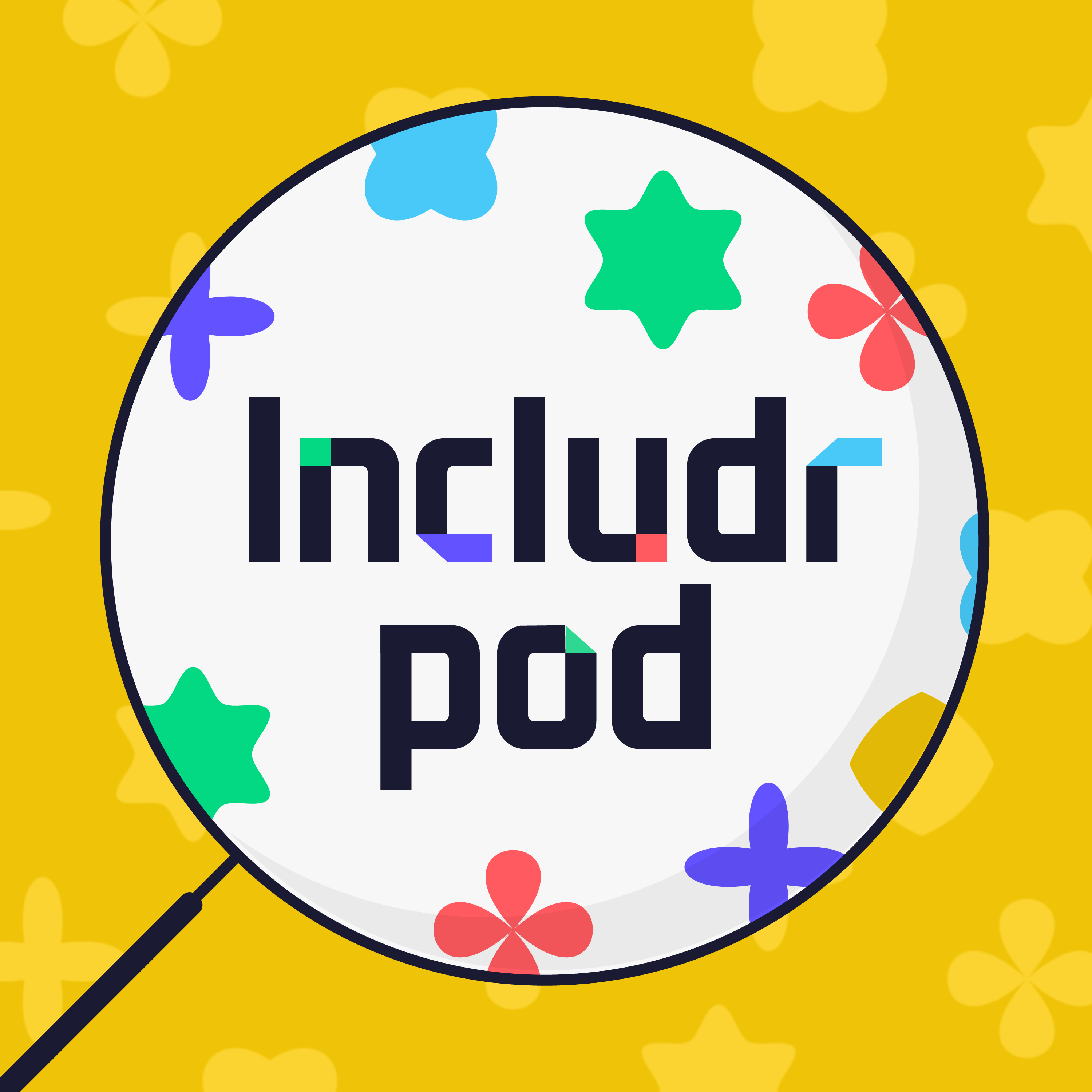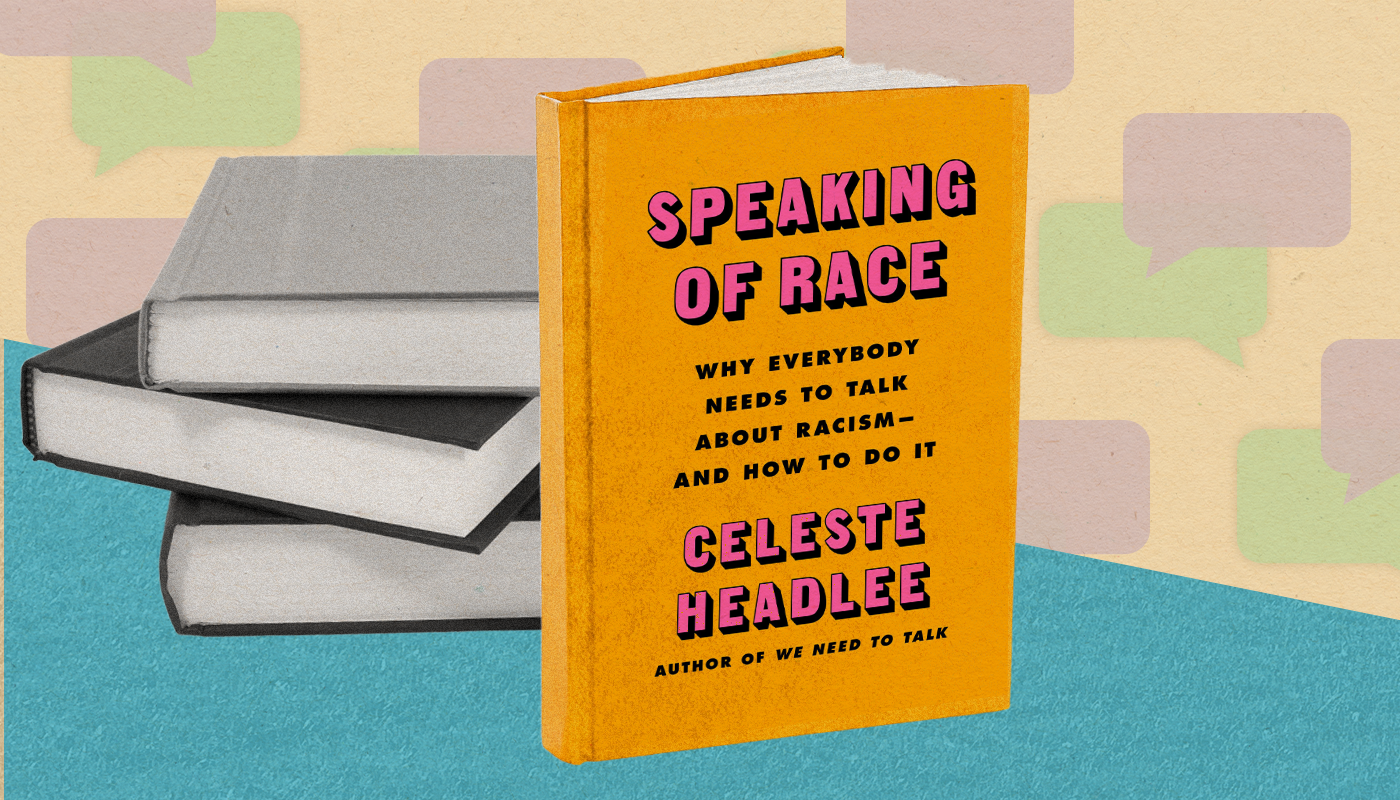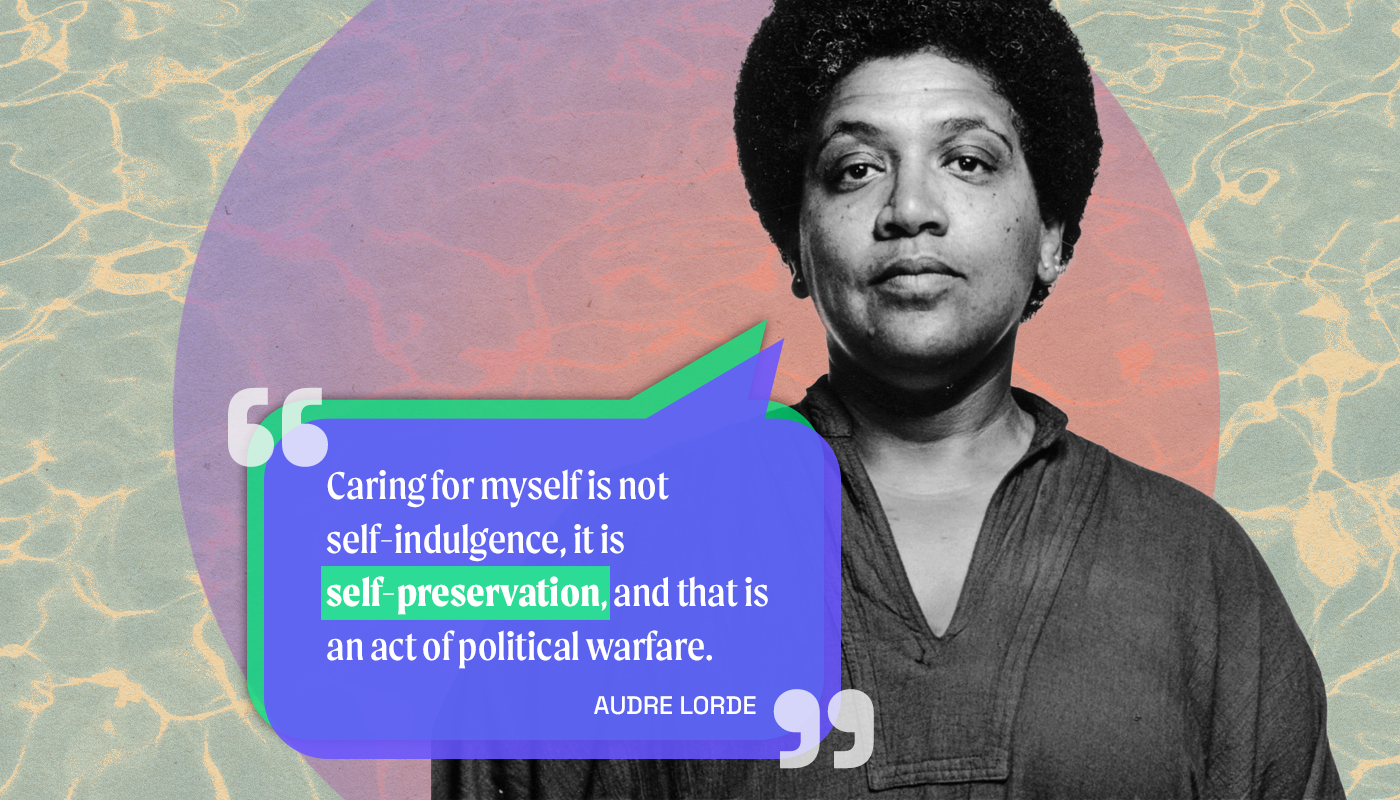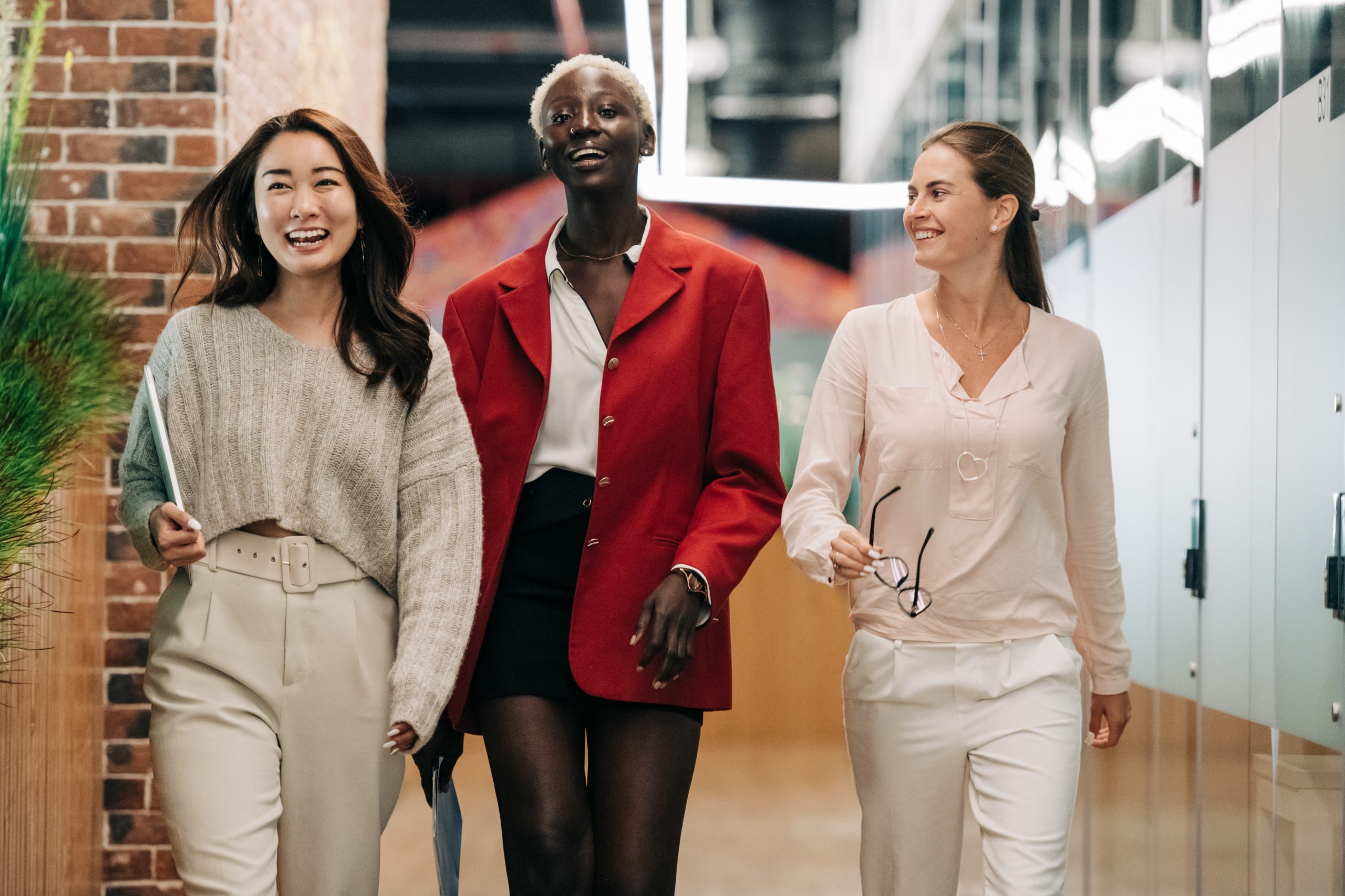What blind auditions do, and what they don’t
Learn the real effects of this classic inclusion intervention.
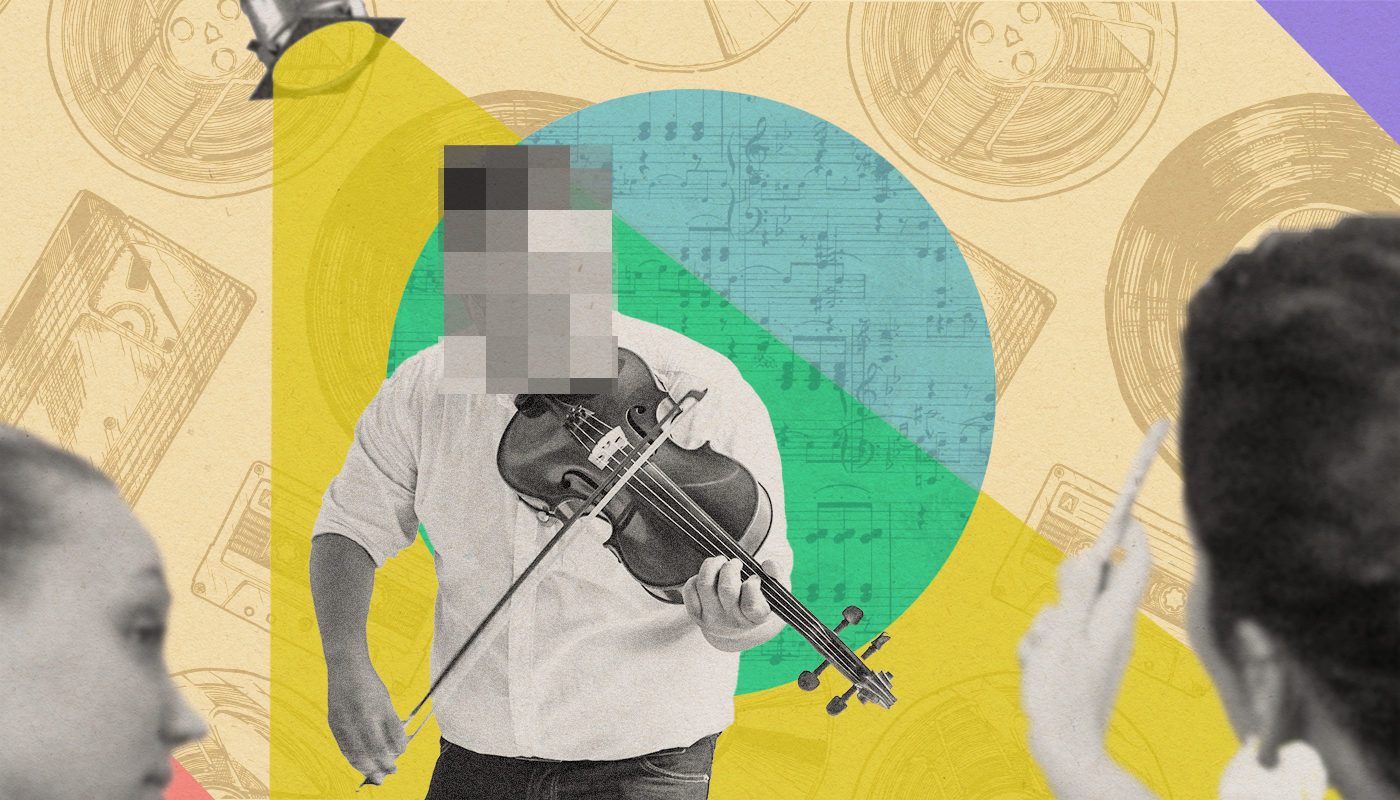
“Blind auditions” have been a pride of the orchestras since they were widely adopted in the 1950s to limit bias hiring. Much like the practice of hiding people’s names on resumes in other industries, these anonymous auditions conceal the gender and race of the candidate since they perform behind a screen and on a carpet (removing the potential sound of “clicks” from heels). In our premiere IncludrPod episode, David Engleman explained this practice removes the possibility of bias impacting hiring decisions altogether:
“Biases can be subconsciously triggered.
![]() And so there are all kinds of ways to remove the opportunity for bias.” – David Engleman
And so there are all kinds of ways to remove the opportunity for bias.” – David Engleman
And it works! For gender inclusion, that is. The percentage of women in orchestras increased by 30%, transforming symphony orchestra compositions and proving that anonymous auditions reduce the gender gap.

The percentage of women in orchestras increased by 30%.
However, while effective for gender inclusion, anonymous auditions fail to cultivate inclusion of other demographics. American orchestras remain the least racially diverse workplaces, with notable absences from Black and Latinx artists.
Study Results
A 2014 study found that only 1.8% of the players in top ensembles were Black and just 2.5% were Latino.
Today, Anthony McGill, the principal clarinetist, is the only Black member of the Philharmonic’s 106 full-time players in New York City where Black people make up a quarter of the city’s population.
While orchestras can be considered inherently classist due to the resources needed to cultivate the skills and financial freedom to pursue one of the few coveted positions, that is no excuse for the current representation— Hundreds of young Black and brown students prepare and enter elite conservatories every year, shares Afa S. Dworkin, the president of the Sphinx Organization. There are orchestras like Chineke that are Black and ethnically diverse, proving that the pipeline is not the sole issue leading to a lack of racial diversity. If anonymous auditions aren’t increasing racial diversity and there’s a plentiful, diverse pool of candidates qualified for the role, then something else needs to change to make orchestras inclusive and reflective of modern life.
“If the musicians onstage are going to better reflect the diversity of the communities they serve, ![]() the audition process has to be altered to take into fuller account artists’ backgrounds and experiences.”
the audition process has to be altered to take into fuller account artists’ backgrounds and experiences.”
Anthony Tommasini, chief classical music critic at The New York Times, argues that what’s missing is intentional consideration of artists’ full identities. He writes, “If the musicians onstage are going to better reflect the diversity of the communities they serve, the audition process has to be altered to take into fuller account artists’ backgrounds and experiences.” As anonymous auditions are based on the idea of meritocracy, Tommasini explains the level of artistry now is so high that a “typical orchestral audition might end up attracting dozens of people who are essentially indistinguishable in their musicianship and technique.” Considering the full identity of the candidates — their values, their community involvements, skills as an educator, and willingness to program innovative chamber events as well as pure musicianship — will foster a racially diverse complement of musicians that anonymous auditions have failed to produce for over 70 years.
Michael Morgan exemplified the power of bringing in more voices. He was the music director at Oakland Symphony and guest conductor with numerous major American orchestras and operas. While Morgan died in 2020, his legacy continues: “My main goal is to show the rest of the field of orchestra music that you can make an orchestra relevant and of interest to the community, especially to Black youngsters who some may think are not interested in anything.” His 30 years in the field did just that. Bringing his full self to work, he not only diversified the orchestra, but in doing so, expanded its audience, drawing them in with new, interesting programming.
Considering the ways in which new members can add to the orchestra’s value offers a cascading effect against bias that anonymous auditioning fails to consider. These same limitations are found within the practice of anonymous resumes as well. While well-intended to remove the bias altogether, experts increasingly recognize this practice doesn’t always have the most inclusive effect. Rather than selecting candidates by “culture add,” anonymous candidates are often reviewed more for “culture fit,” resulting in hiring people similar to who’s already working there, rather than a more expansive approach.
Inclusion interventions can’t have a copy-and-paste methodology to be truly effective in combating individual and systemic bias. What might solve one exclusive environment might not work for another, nor apply to all people. As orchestras illustrate, change requires intentional action to challenge our bias and the systems involved and reconsider the processes we live by. “Removing” bias is one thing, but it proves more valuable when we face it head-on to reconsider new ways of bringing more people into the work. Taking an intersectional approach, listening to the people impacted, and staying open to continuous learning are keys to continuous improvement against bias.
*While commonly referred to as “blind auditions,” we refer to these as anonymous auditions to limit the ableist language.



